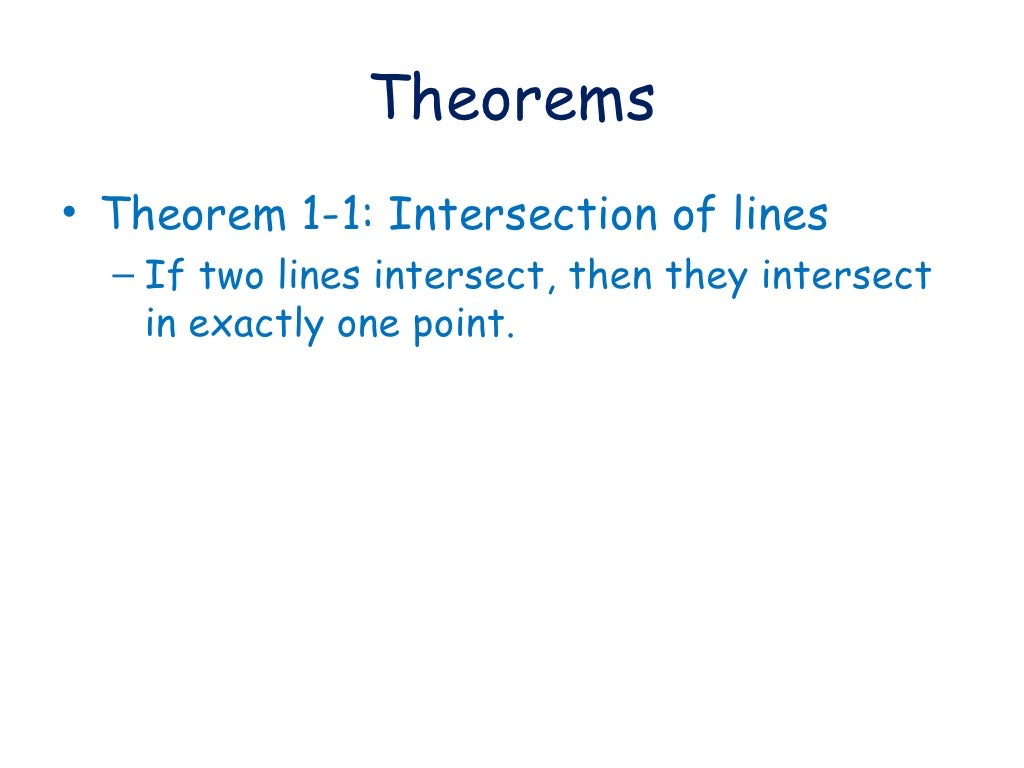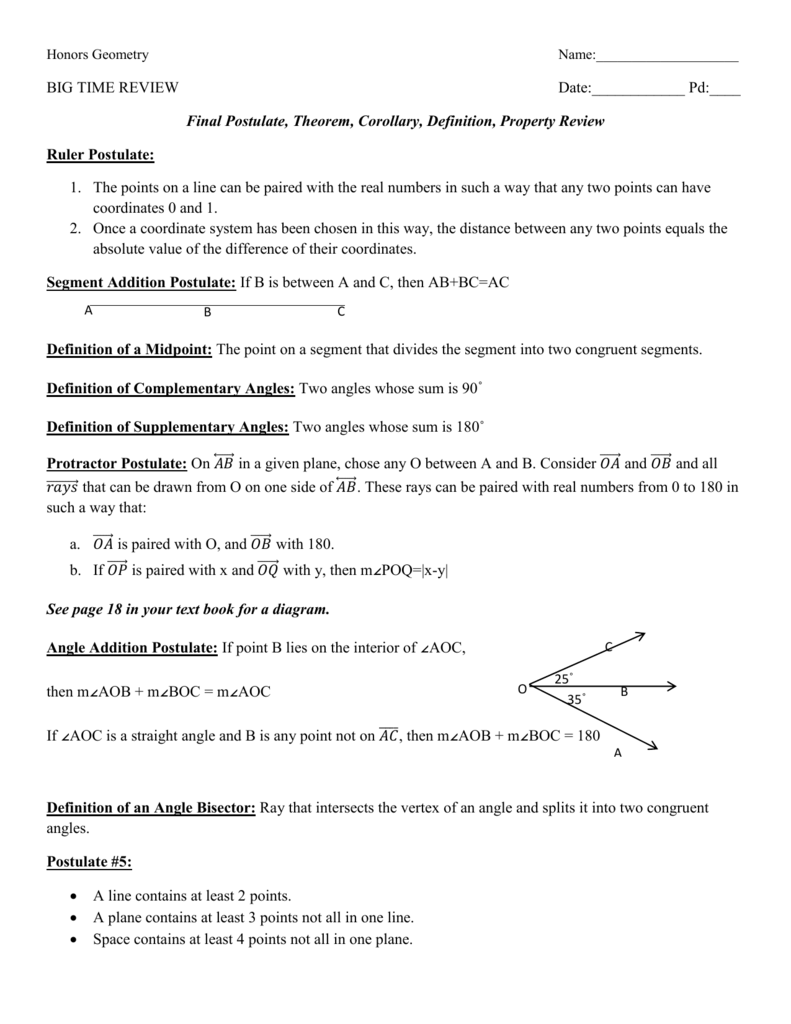

This theorem has simple and precise premises, it does not require unconventional uses of probability theory, and it is independent of the interpretation of probability. Using these constraints we characterize all possible alternatives to the mathematical structure of quantum measurements and the Born rule, and we prove that there is no such alternative to the standard measurement postulates. For example, deciding to describe a tripartite system A♻♼ as either the bipartite system AB♼ or as A♻C must not modify the outcome probabilities. We use the fact that the subjective choices in the description of a physical setup in terms of operational primitives must not affect the predictions of the theory. In this work we take an operational approach, with the notions of measurement and outcome probability being primitive elements of the theory, but without imposing any particular structure on them. While this is a meaningful assumption, it is interesting to see that it is not necessary, as proven in the present article. Also, these frameworks require the universality of QM, meaning that the measurement apparatus and/or the observer has to be included in the quantum description of the measuring process. But these derivations involve controversial uses of probability in deterministic multiverse scenarios, which have been criticized by a number of authors 21, 22, 23, 24, 25, 26, 27, 28, 29, 30, 31. Taking one step further, the structure of measurements together with the Born rule can be jointly derived within the many-worlds interpretation of quantum mechanics (QM) 17, 18 and the framework of entanglement-assisted invariance 19, 20, 21, 22. But all these derivations assume, among other things, the mathematical structure of quantum measurements, that is, the correspondence between measurements and orthonormal bases, or more generally, positive-operator valued measures 15, 16. The Born rule has been derived within the framework of quantum logic 2, 3, 4, 5, taking an operational approach 6, 7, 8, 9, and using other methods 10, 11, 12, 13, 14. Another example, according to some authors, is the Born rule, the formula that assigns probabilities to quantum measurements.



An example of this historical pattern is the rebranding of the symmetrization postulate as the spin-statistics theorem 1. What sometimes is postulated as a fundamental law of physics is later on understood as a consequence of more fundamental principles. In contrast to other approaches, our result does not assume that measurements are related to operators or bases, it does not rely on the universality of quantum mechanics, and it is independent of the interpretation of probability. This is achieved by taking an operational approach to physical theories, and using the fact that the manner in which a physical system is partitioned into subsystems is a subjective choice of the observer, and hence should not affect the predictions of the theory. Here we show that the mathematical structure of quantum measurements, the formula for assigning outcome probabilities (Born’s rule) and the post-measurement state-update rule, can be deduced from the other quantum postulates, often referred to as “unitary quantum mechanics”, and the assumption that ensembles on finite-dimensional Hilbert spaces are characterized by finitely many parameters. Understanding the core content of quantum mechanics requires us to disentangle the hidden logical relationships between the postulates of this theory.


 0 kommentar(er)
0 kommentar(er)
